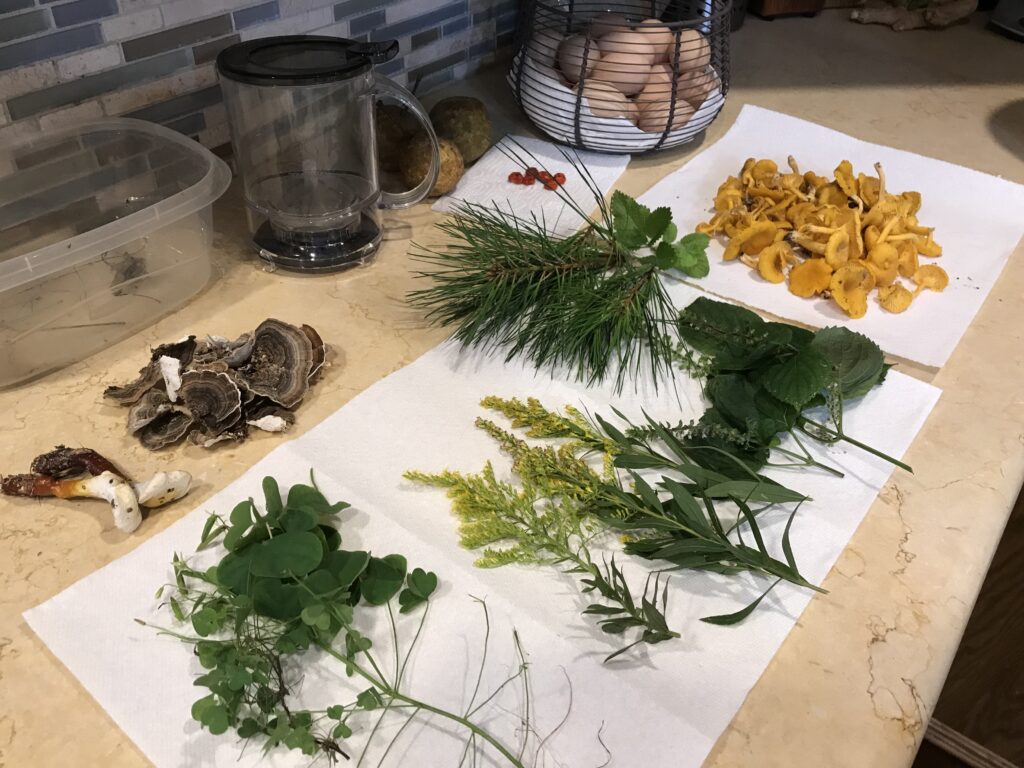by Tina Crichfield, PWL Chapter President

“The forest is not a resource for us, it is life itself. It is the only place for us to live.”
-Evaristo Nugkuag Ikanan
The 13th annual International Day of Forests takes place on March 21, 2025 and this year’s theme is Forests and Foods! Let’s take a look at why Piney Wood Lakes members have so much to celebrate.
As inhabitants of the east Texas Piney Woods region, we are surrounded by almost 750,000 acres of forested lands. We are fortunate to have the Big Thicket, Sabine, Angelina, Sam Houston and Davy Crockett National Forests[1] surrounding us on all sides!
Forests not only provide us with shelter, wood products, temperature regulation, and oxygen; “forested watersheds and wetlands supply 75% of the world’s accessible freshwater and are vital for drinking water and crop irrigation.”[2]
As far back as 800 AD through the late 1800’s, the Pineywoods forest lands were prime habitat for indigenous peoples such as the Caddo, Akokisa, Atakapa, Cherokee, Comanche and Alabama-Coushatta. Spanish Missionaries and French soldiers found these forests to be stable habitats for themselves as well, frequently learning from the indigenous people how to survive on the resources provided by our fruitful forests.
The Akokisa and Atakapa Indians were the first to use our beautiful Taxodium distichum (Bald Cypress) to carve canoes for transportation and hunting parties in the 1500’s[3], carve bows from the Maclura pomifera (Osage Orange), and arrows from Viburnum acerifolium (Arrowwood). If you live in east Texas, you must be familiar with the grass huts of the Caddo. These structures were built with poles cut from pine and cedar, strips of tree bark as lashing, and our native Switchgrass as thatching.
Clearly, our local forests supported the lives of the indigenous people who first settled here. But what sustained these settlers? How did they survive? What nourished them and healed their wounds and illnesses? Why the forest, of course!
It was our indigenous ancestors who first knew that the forest nourishes our bodies and cures our ills better than any Kroger, WalMart, CVS or Walgreens! Before chemicals and pollutants affected the health of our forests and waters, these areas of land were the ultimate “Whole Foods” of our people! So what sustained them? Let’s take a look.
Directly:
- Leaves – Leafy vegetables
- Seeds and nuts
- Insects
- Pollen and honey
- Fungi/mushrooms
- Fruits
- Saps and gums
- Roots
- Oils and fats
- Teas, Herbs and Spices
- Wildlife, deer/bison/bear, small mammals/game, fish, fowl
Indirectly:
- Forbs, fruits, nuts and seeds for wildlife and birds
- Habitat and safe harbor for wildlife and birds
- Trees and plants for travel, weaponry, clothing
- Water
- Firewood, for warmth, but also for cooking and assuring wild meats were safe to eat!
- And of course, homes/shelter
Even today, there are many of us living among the forests of the east Texas Pineywoods who avail ourselves of the natural nourishment in the form of food and medicines provided here. But let us not forget, it is more than the foods we eat and the beverages of the forest we drink that nourish our bodies.
The ancestors of this land knew first and foremost that without the respect and care of the natural environment around them they could not survive. They were not wasteful of the resources or disrespectful of the land that provided for them. It was the indigenous people’s belief that they were of the land, part of the forest, and they lived in harmony with the soil, water and creatures that inhabited the land. It is that belief, that spirituality of being part of the land that helped them to maintain their mental and physical health while caring for their environment.
This International Day of Forests, I hope that we will all be reminded how fortunate we are to live in such a diversely rich landscape that nourishes us both body and soul. I hope that as Texas Master Naturalists, we take this opportunity to educate our community on the importance of not only caring for, but respecting our beautiful and nourishing Pineywoods!
If you would like to learn more about the Foods of the Forests in which we live, I would love to expand on these things in future articles! –Tina Crichfield

[1] U. S. Forest Service
[2] Gunter Walkner, Committee on Forestry, International Institute for Sustainable Development
[3] Rediscovering the Forgotten Akokisa Tribe


